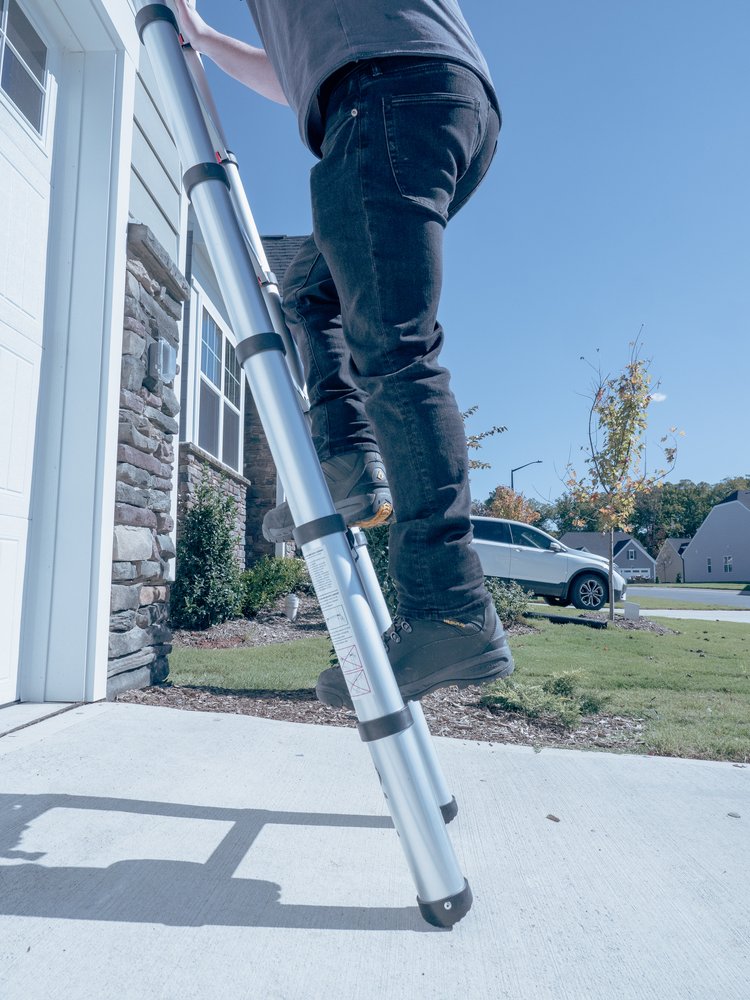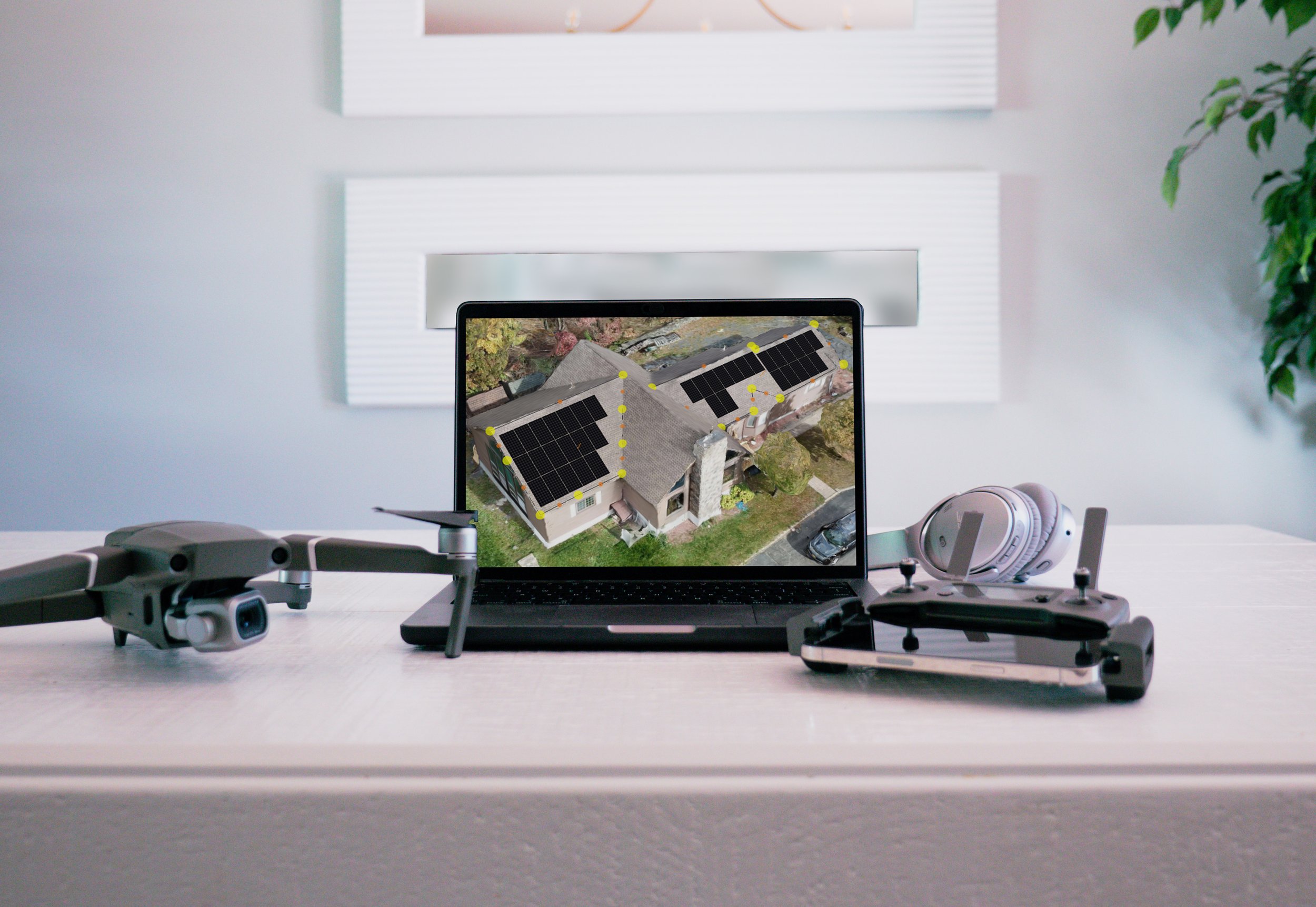As solar design outsourcing becomes more common–and higher quality–you might want to try it for your projects. Whether you’re doing it to scale your business or just so you can focus on the more tangible and technical elements of solar, it’s a great way to stay lean while building your business.
While outsourcing can be efficient, it’s essential to not just find the right partner but also build the right working relationship. This requires understanding that third-party designers are an extension of your team rather than full-time members. You need to interact with them differently than you might with an employee, all with a focus on getting the highest quality designs possible.
Engaging with third-party designers requires some nuance–a few things to focus on and a few to avoid.
The Foundation: Know What You Need From a Designer
A good relationship starts with awareness of what you need. Since outsourcing is not “all or nothing,” you could potentially have different needs for various projects.
Before worrying about the details of your relationship, know what you’re asking for along three different lines:
1. Tasks to be done: This could be simply a roof outline and wireframe. Or it could be the whole plan set with engineer stamps. You can choose depending on your staff resources and business strategy (staying lean internally versus building in-house expertise).
2. How and when you outsource: You might, for example, only outsource as an overflow mechanism during busy times. Or you may outsource every project, but only certain parts of it. Discuss your needs with the third party before signing a contract.
3. When you differ from your normal plan: Sometimes things happen that cause a change. For example, maybe you decide to hire someone in-house for complex projects but continue to outsource routine operations for ease and scale. Again, this is something to know and discuss ahead of time.
Once you know these three things, you can get a sense of turnaround times. For example, clients using Scanifly’s design services can expect a 3-hour turnaround when ordering a simple wireframe. In contrast, a full plan set takes about 48 hours but includes all the information you need to submit your Scanifly design for engineering approval.
How to Engage with Third-Party Designers
Here are some explicit tips on how to make the most of your outsourced Designer relationship.
Confirm details with your customer before sending info to Designers: Homeowners can often change their minds on details like array panel placement or conduit runs. It’s critical that you confirm everything 100% with the customer before sending things to your Designer. If you don’t, you’ll run into not just frustration but also likely additional costs for design revisions.
Provide as much site context as possible: Third-party Designers rely exclusively on the pictures you give them, so be clear about what pictures are–for instance, main electrical panel versus sub-panel. We recommend tagging, categorizing, and commenting on pictures with context (note: this feature is included with Scanifly Mobile).
Share known AHJ nuances ahead of time: Designers will know common AHJ regulations, but may not be familiar with local issues. If you know a specific region has niche rules to follow, communicate that early on so the Designer can work around it the first time.
Be prompt and clear with communications: When a Designer has questions or needs clarification, they can’t continue working until they get the correct information from you. With that in mind, do your best to respond within 24 hours to all questions. In your responses, state the outcome you want rather than trying to tell them what steps to follow (except for AHJ nuances that need specific action steps). Further, if you’re trying to explain a complex mechanism, it’s better to send images rather than trying to write it all in text.
Have a collaborative mindset: Think of them as an extension of your team rather than simply the “outsourced” labor.
What to Avoid in an Outsourcing Relationship
Everyone involved in outsourcing wants to produce a great deliverable. Here are a few things to avoid when working toward that end goal.
Don’t forget Designers are humans: Sometimes they don’t know everything or make a mistake. Just like employees. While they need to fix any issues on their end, remember that you’re still engaging with other humans trying their best.

Don’t expect them to know everything about your world: Third-party Designers focus exclusively on one section of the solar process. They have a lot of knowledge but don’t know everything about your world and your projects.
Don’t push for unreasonable turnarounds: When you select someone, they will tell you their typical turnaround time. Asking for quicker is fine if you’re initially given a very long lead time (multiple days or weeks). But if you agree to a timeline, stick to it.
Don’t forget your role in all this: Outsourcing doesn’t mean you don’t do anything. You have to play the role of project manager and be the person who fits all the pieces together.
Don’t forget on-site data: When you’re outsourcing, that person has zero context beyond what you send them. So ensure you’re still going on-site and collecting precise information—you can’t eliminate site visits.
Speed, Efficiency, and Quality
The right partner will ideally be an extension of your team for a long time—they will help you grow in an efficient way while making your customers happy.
When it goes right, it’s amazing. But it can go wrong if you don’t build a high-quality working relationship. The key to success is realizing that outsourced workers are an extension of your team; collaborate with them on the singular end goal of creating high-quality designs that lead to projects customers rave about.






